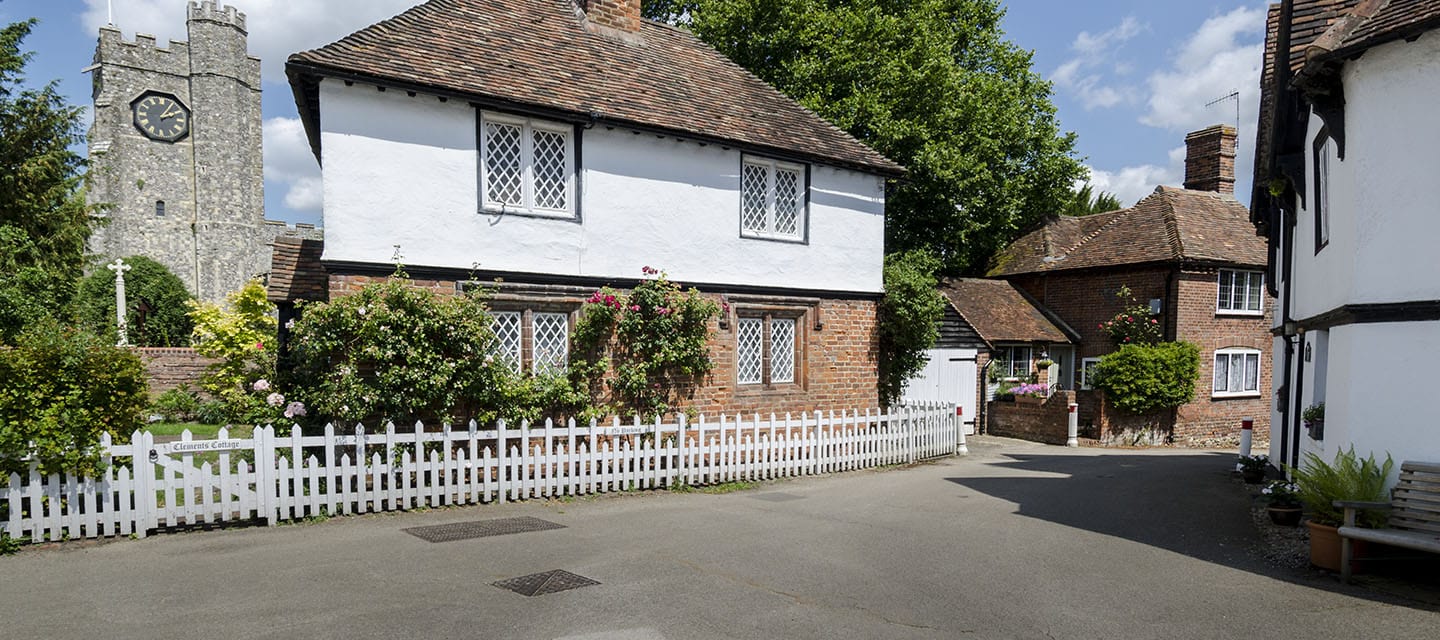

It’s natural to be curious about the age of your home and depending on whether it’s a relatively new-build or a period property, there are various ways find out the year your house was built.
If you took out a mortgage on your home, the date of the property may be mentioned in the offer document or the home survey. You’ll often be asked how old your house is when you get a quote for home insurance, so it’s good to have this information to hand.
You should have the Title Deeds from when you bought the house, which include the date and past ownership of the property, as well as the title plan showing the boundaries of your estate. If not, you can obtain a copy from the HM Land Registry for £3.
For older homes, you can search The 1862 Act Register for free from the HM Land Registry website, which lists more than 2,000 domestic dwellings built before that date.
For details of English listed buildings check the National Heritage List from Historic England. For other UK period homes, visit Historic Environment Scotland, Cadw National Historic Assets of Wales or the Historic Buildings Database Northern Ireland.
You may be able to work out broadly what era your home was built from the style of its architecture.
Of course, there’s more to your home than just a door number or a build date. Your house may have an unusual name or an interesting history of occupancy. If you want to find out what your house looked like when it was first built, your local history society might be a good place to start.
You can also check the National Archives, parish records or your council planning department. There may be old maps and plans, photographs or census material that sheds a light on where you are living.
If your house looks like others in the street, talk to the neighbours. A homeowner was pleasantly surprised when the chap next door handed her a copy of Women’s Realm from the 1970s, which showed her house and three others built in 1910. She could see they originally had identical layouts and were built using the same materials, which made it much easier for her to date her property.
The magazine article showed how each had been adapted to suit the owners. Luckily, the flowery brown wallpaper and avocado bathroom suite were long gone by the time she moved in.
Take a look at your pipework. Early pipes were made from wood or lead but these were replaced by cast iron by the 1800s and galvanised steel from the 1900s. In the 1970s, lead piping was banned for use in homes and copper or plastic pipes were the preferred materials.
Alarmingly, paper was used to insulate electrical wiring before the 1930s, then lead up to the 1950s. Vulcanised rubber was replaced by rubber sheath wiring in the 1960s and by PVC in the 1970s.
Initially grey, PVC wiring changed to white in the 1980s but the sheathing is now colour coded according to usage. The live wires inside changed from red to brown and neutral from black to blue in 2004 to comply with European standards.
It may affect how much you pay for your home insurance. Older properties with distinctive features such as thatched or timber roofs may be more expensive to insure because you may need to hire professionals using specialist techniques to do the repairs.
The cost of materials can also be higher for period fittings such as original fireplaces, coving or floorboards. There may also be building regulations to consider if your house is in a conservation area or is a listed building.
Fortunately, with Saga Home Insurance you don’t need to know the exact date if your home was built after 1850.
We offer up to £1 million for buildings insurance, which covers damage to walls, roof, windows, fitted bathrooms and kitchens as well as garages and garden walls within your property boundary caused by theft, subsidence, fire, flood or storm.
We also cover trace, access and repair for leaks causing damage to your buildings, even if the damage to the pipe is caused by wear and tear.
Whether you're looking for straightforward insurance or cover that's packed with extras, our home insurance has plenty of options for people over 50.
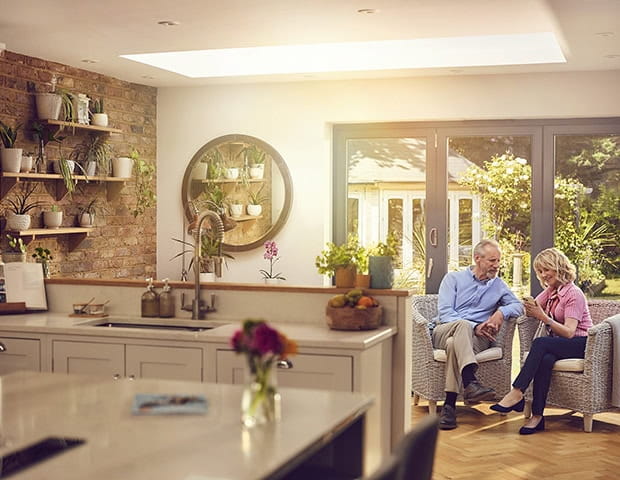

Choose our highest home cover level Saga Plus and freeze the price of your home insurance for 3 years if nothing changes. T&Cs apply.
There's plenty to explore and learn about our home insurance cover.

Halloween, Bonfire Night and Christmas mark a spike in fires and accidents at home. Learn how to stay safe according to fire and insurance experts.
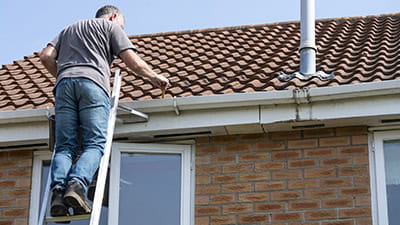
Your home will thank you if you check on your gutters once in a while. Here’s our round-up of gutter guidance.

The energy price rise is impacting millions of UK households. So, what changes can we make to keep costs down and reduce energy use at home?


Take time to value all your possessions to ensure they’re fully covered.

We’ll help you recognise the signs your boiler may be close to breaking down, find the best replacements, and estimate boiler prices so you can keep your home warm all year round.
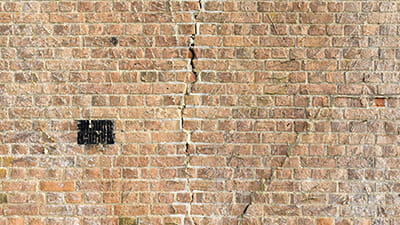

How to choose the right solar panels for your home and check what permissions or insurance you might need for solar panel installation.
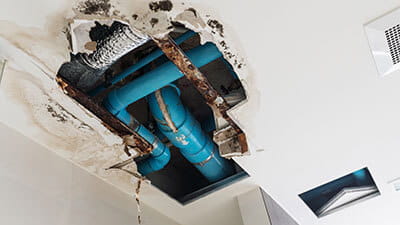
Limit the damage caused by water leaks and burst pipes in your home.
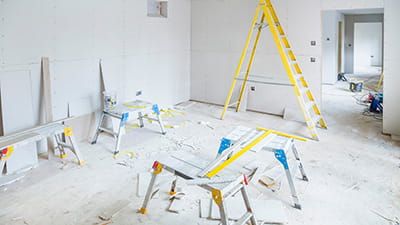
Whether you’re fitting a new kitchen, converting the loft or extending the house, keep your home protected at all times.
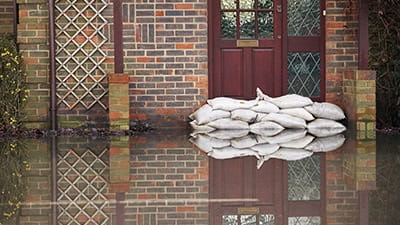
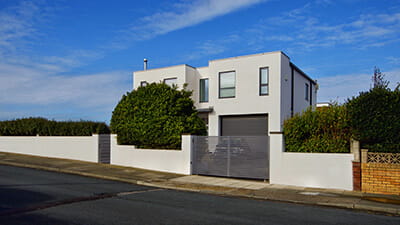
Having a flat roof can make your home more prone to weather damage. Keep your home protected with flat roof insurance.
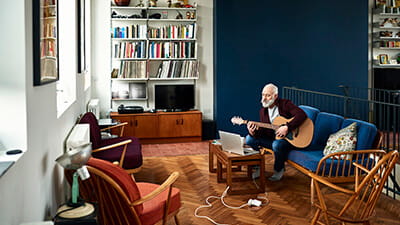
Keeping it simple to set up and manage, combined buildings and contents insurance offers great cover with less paperwork.
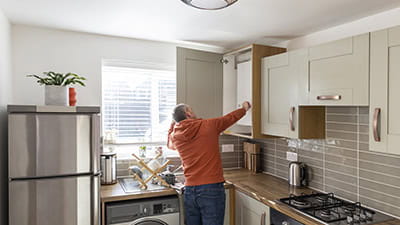
Find out all you need to know about combination boilers with our helpful guide.